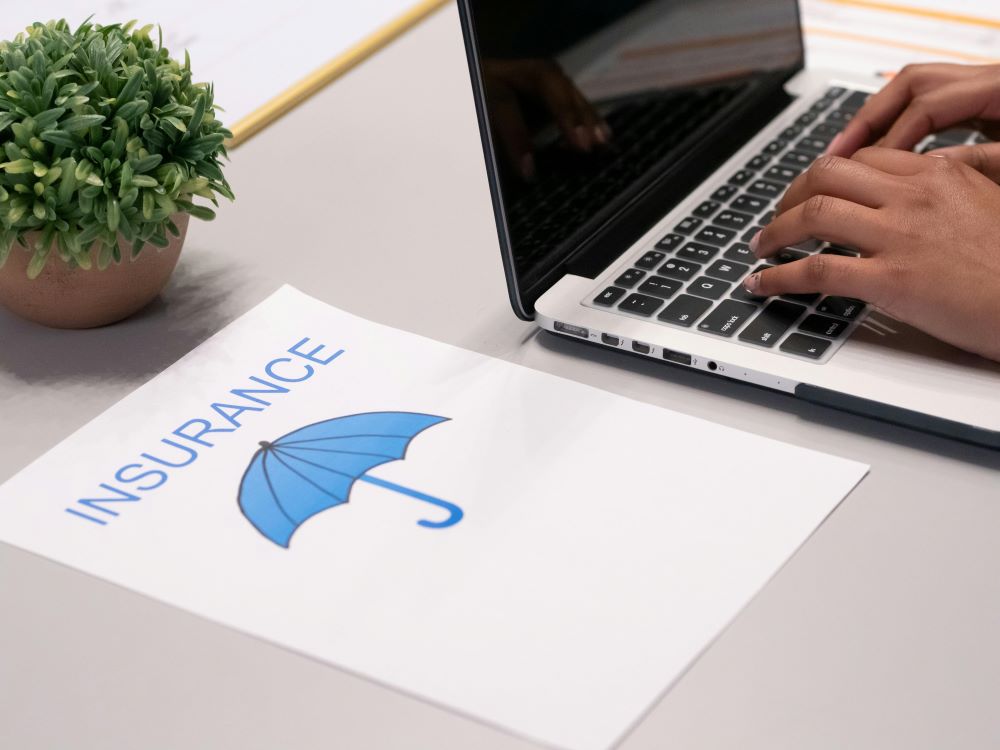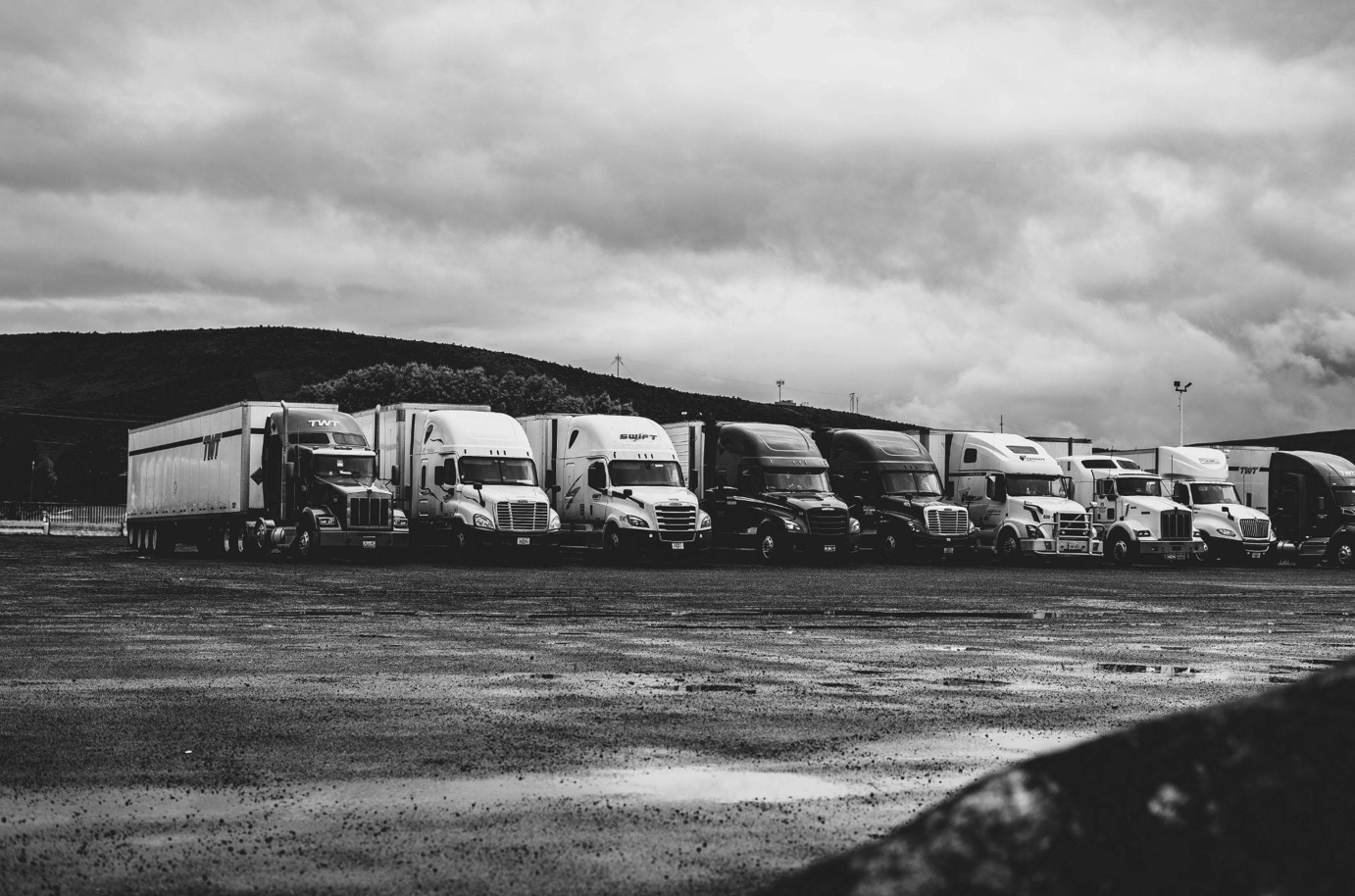In trucking, strong risk management depends on a combination of safety culture, proactive maintenance, modern technologies, legal knowledge, and open communication.
Trucking businesses operate in a high-risk environment, but strategic actions and proactive defenses can help prevent legal conflicts. Adopting a safety-first approach, thorough maintenance, and all-encompassing legal plans helps fleets reduce risks and prevent expensive litigation. Innovative strategies help businesses thrive while keeping legal risks under control.
Establishing a Culture of Safety and Accountability
The foundation of risk lowering in the transportation sector is developing a safe culture. Promoting strict safety policies, uniform practices, and ongoing development helps to build responsibility and preventative risk control. Every team member actively strives to reduce dangers and maintain operational excellence over every trip when everyone is committed to safety. Frequent safety meetings and thorough event analyses help to maintain this attitude by guaranteeing that possible problems are quickly resolved and remedial action is started.
The reiteration of this culture depends on clear responsibility systems. Clear performance criteria and open channels for comments help staff members to be self-regulating and to take shared accountability. By proving a great dedication to safety and regulatory compliance, this environment not only lowers the incidence of accidents but also strengthens a defense against any claims.
Implementing Proactive Vehicle Maintenance and Inspection Programs
Reducing operating risks and avoiding accidents depends mostly on a proactive maintenance program. Regular maintenance, timely repairs, and adherence to manufacturer guidelines help prevent costly mechanical failures. Excellent record-keeping and planned maintenance guarantee a consistent maintenance cycle that increases operating efficiency and lowers unexpected downtime, therefore lowering the possibility of conflicts and legal claims.
Modern diagnostics help to enable thorough examinations that allow early identification of any problems before they become more serious. Regulators and insurance companies will both find resonance in this methodical approach, which shows a dedication to safety and builds trust in fleet performance. Keeping a strict maintenance schedule not only reduces the possibility of expensive breakdowns but also strengthens defenses against litigation resulting from equipment failures. Such preventive steps are very necessary to protect enterprises from legal and financial hazards.
Enhancing Driver Training and Performance Oversight
Reducing dangers on the road and avoiding events that can result in litigation depend on funding improved driver training. All-encompassing courses covering defensive driving, emergency maneuvers, and regulatory compliance equip drivers with the tools required to negotiate demanding circumstances safely. Frequent performance reviews and refresher courses assist in guaranteeing that driving techniques stay current and effective, therefore lowering the occurrence of mistakes and accidents that may otherwise call for legal action.
Structured training programs help drivers develop a disciplined attitude to road safety and a strong feeling of responsibility. Early detection of dangerous activities is made easier by performance monitoring technologies like sophisticated feedback systems and real-time tracking systems. This proactive concentration on driver proficiency not only reduces operational hazards but also lays a strong basis for a safety-oriented corporate culture. While improving general fleet performance, such thorough training and control greatly reduces the likelihood of lawsuits.
Secure Proper Insurance Coverage for Trucking Liability
One key to reducing risk in the trucking business is obtaining full-coverage insurance. Having all equipment and drivers fully insured guards companies against loss due to accidents, damage to goods, or lawsuits. Picking policies that protect against all manner of possible risks, from general liability to workers’ compensation, provides a solid safety net. Assessing coverage requirements on a regular basis and collaborating with seasoned insurance providers enable firms to remain ready for unexpected situations. Taking proactive measures towards risk management enables firms to protect their assets while remaining compliant with regulations.

Trucking liability insurance serves as a crucial factor in protecting firms from expensive claims, enabling them to concentrate on effective and secure operations. Educating fleet managers to be aware of policy changes and trends in the industry helps to maintain effective coverage. Having an insurance strategy in place, trucking businesses are well-equipped to confront challenges with stability and financial comfort.
Integrating Advanced Technology for Risk Monitoring
In the transportation sector, risk monitoring and mitigating depend critically on modern technologies. Combining telematics, GPS monitoring, and sophisticated analytics offers a real-time understanding of driver behavior and vehicle performance. This data-driven approach enables quick responses to risks, preventing issues before they lead to costly litigation. The instant access to operational data helps quick, informed decision-making that improves general safety.
Automating the gathering and analysis of important data points, modern software tools simplify compliance and safety reporting procedures. By improving fleet visibility made possible by the integration of these technologies, targeted interventions and proactive changes are enabled. Companies that embrace technology developments not only improve their risk management strategies but also support their innovation dedication. This dynamic strategy positions operations at the forefront of industry best practices and legal preparation, therefore greatly lowering vulnerability to legal difficulties.
Conclusion
In trucking, strong risk management depends on a combination of safety culture, proactive maintenance, modern technologies, legal knowledge, and open communication. By means of these combined approaches, accident risks, and legal obligations are greatly lowered, thus strengthening the operational structure. Comprehensive solutions enable transportation businesses to flourish in a demanding environment and boldly avoid expensive litigation, therefore sustaining long-term profitability with assurance.


Join the conversation!